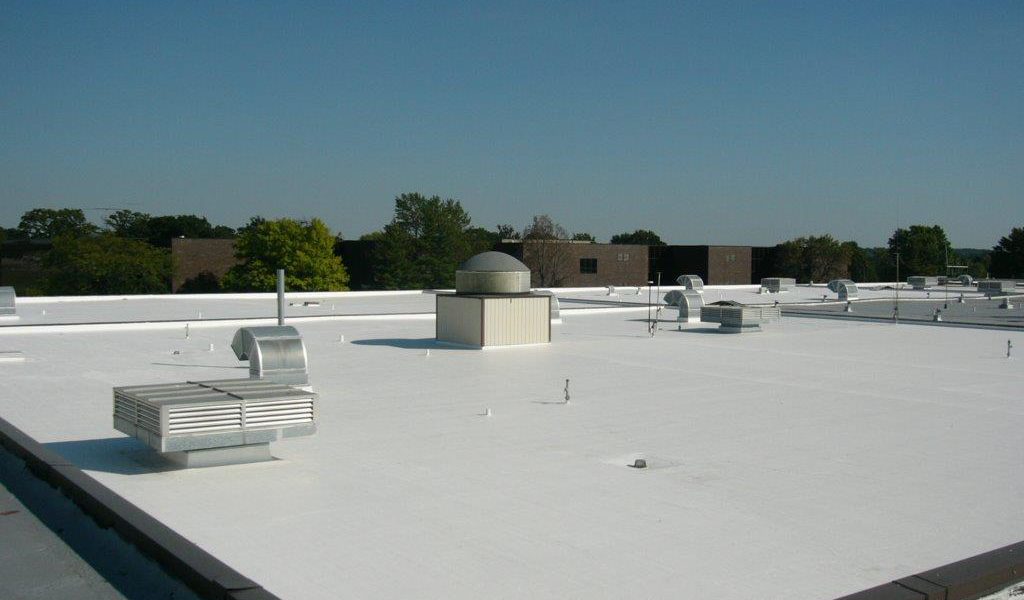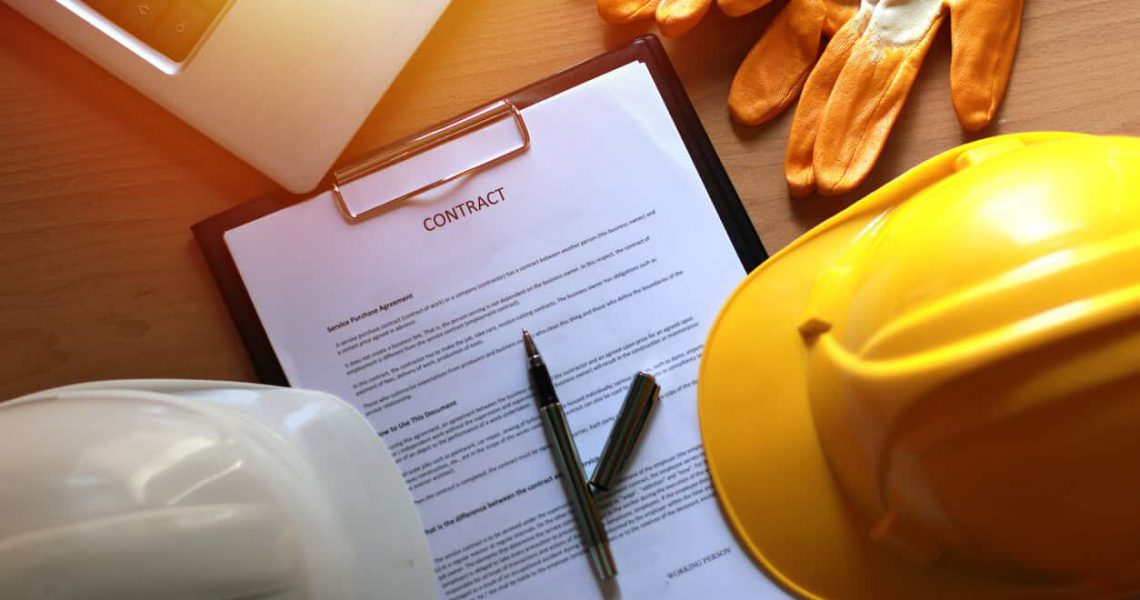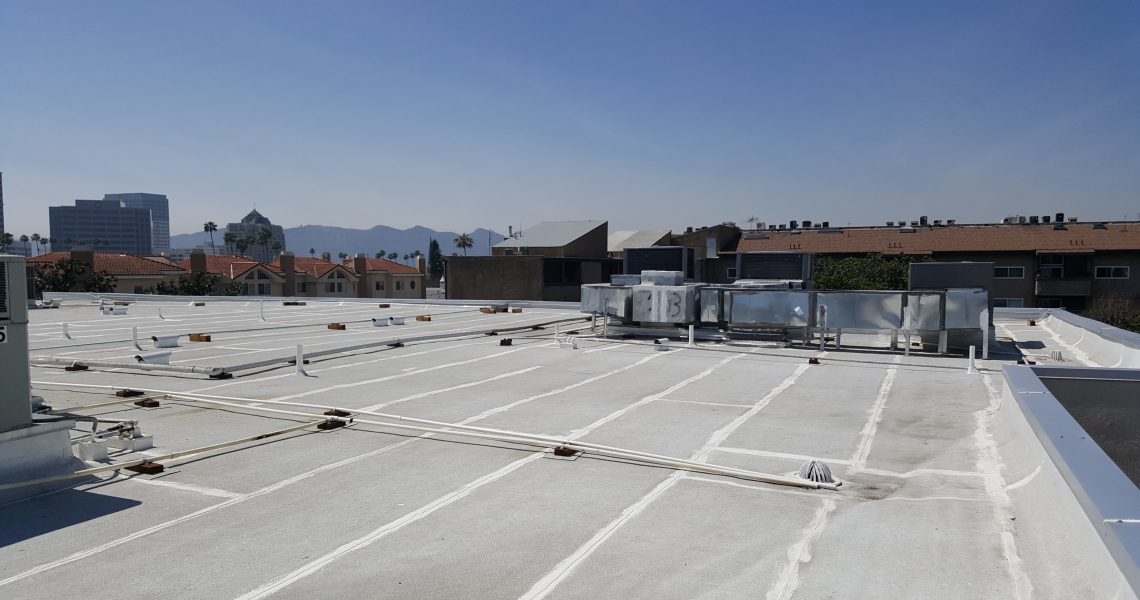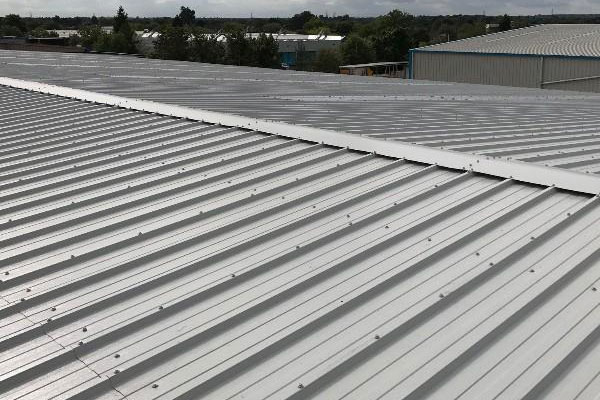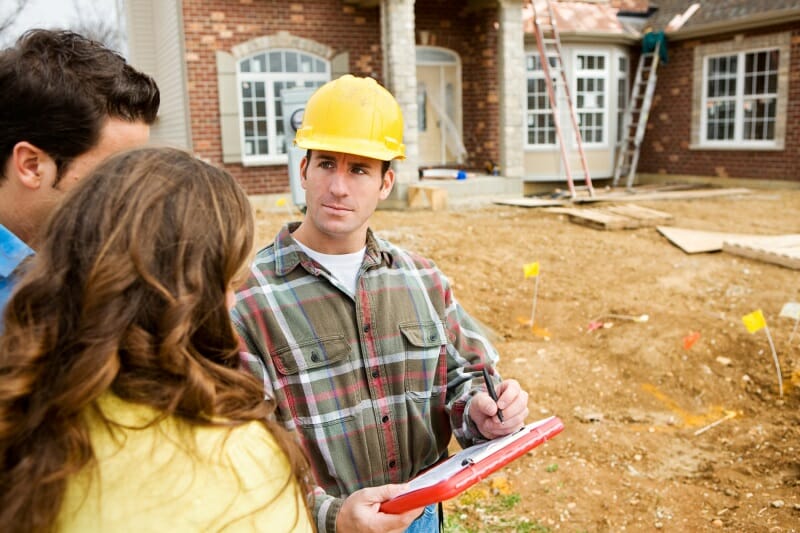What You Should Know About The Types of Industrial and Commercial Roof Moisture
As a commercial building owner, you’re supposed to be aware of the things that can affect your building, as well as your roof so that you can prevent it. If you have a flat roof on your commercial building, you should be particularly concerned about moisture and how it affects the integrity of your roof.
Take winter, for instance, when it’s a clear night, the temperature on your roof’s surface can drop and become below ambient temperature. If you own a roof that’s made of tin, asbestos, aluminum, or other single-skin materials, the roof’s internal temperature will be the same as its external temperature because of the absence of thermal resistance between both sides. So, whatever moisture is in the internal atmosphere will get condensed and lead to the formation of droplets.
Seeing as your roof is the protector of your company, business, and properties, you need to be aware of all the kinds and levels of moisture to look out for.
Construction Moisture
During construction, some moisture can get trapped in your building, especially those that form during the process of painting and dry welling as the concrete undergoes curing. The moisture in the atmosphere gets released, and if the construction company isn’t careful, it can be an oversight on their part. However, with the experience we have, such a mistake will not occur.
Workforce Moisture
Do you know that when you have people in your building simply carrying out their work, moisture can be created? As the people working go about their jobs, you will experience several levels of moisture in the atmosphere, and you have to be mindful of that.
Limited Moisture Levels
When warm air moves upwards, it goes along with moisture, and this moisture can get trapped in the membrane and insulation of the roof. An ideal building setting is one where there are two insulation layers and staggered joints. However, if there is only one insulation installed in your building, you will most likely need cover boards for added protection.
Higher Moisture Levels
When condensation builds up on your roof, it can cause severe harm to your roof, especially in buildings that are prone to low-slope roof moisture such as those housing swimming pools and gyms. Buildings that create steamy environments, such as massage parlors and saunas could also be affected by higher levels of moisture.
Ideally, ventilation and air conditioning ought to be installed during construction or modification to prevent harmful moisture.
With this information in mind, preventing all potential roof moisture will save you and your business from a world of problems, as well as financial costs.
